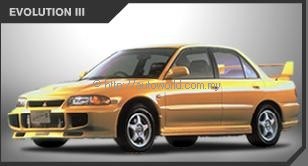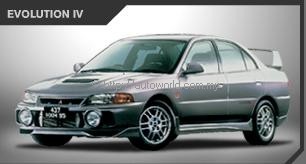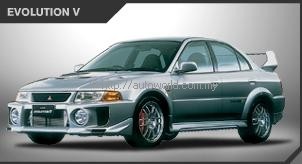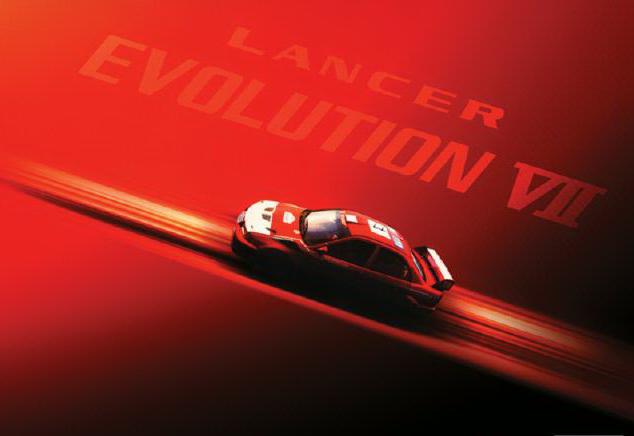1992:
The first Lancer Evo makes it debut in Japan and becomes an instant hit. It has a simple but potent formula: a lightweight sedan design with a powerful 2-litre turbo engine that delivers gobs of torque to four wheels.
1993:
Lancer Evo II arrives and changes reflect the emphasis on tarmac rallying because the WRC starts to have more such stages. Changes include larger wheels and tyres, a longer wheelbase, wider tracks, longer struts and greater camber adjustment.
1995:
More power with the Lancer Evo III as the compression ratio rises from 8.5:1 to 9.0:1 and the compressor turbine diameter increases by 8 mm. Focus on getting vastly better aerodynamics as the car goes a lot faster and a huge rear wing – to become a strong feature of the Evo – is fitted to generate larger amounts of downforce.
1996:
A high-tech innovation appears in the Evo IV: Active Yaw Control, which is an electronically-controlled hydraulic system which regulates torque split between left and right rear wheels for superior cornering capabilities.
1998:
Evo V has more aggressive looks in the year Mitsubishi captures the WRC Manufacturer’s Crown. Fender flares are wider to accommodate wheels that are pushed further out due to wider tracks.
2000:
Evo VI comes out and in honour of the rally team taking its fourth driver’s world title in four years, a special ‘Tommi Makinen Edition’ is also offered to enthusiasts.
2001:
Evo VII gets lighter with aluminium used in many more areas and magnesium being used for the rocker head cover.


































